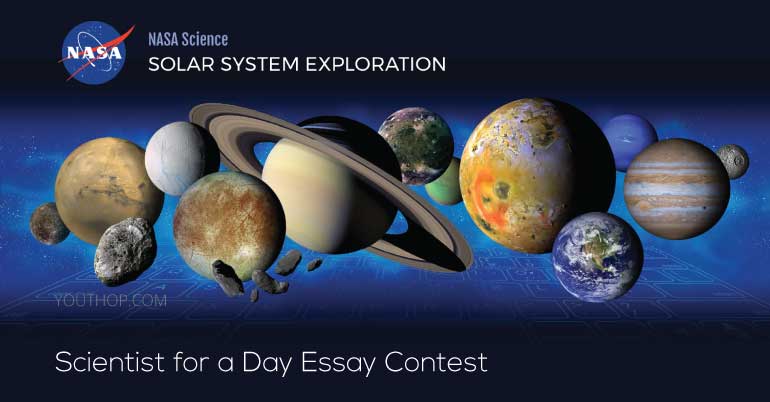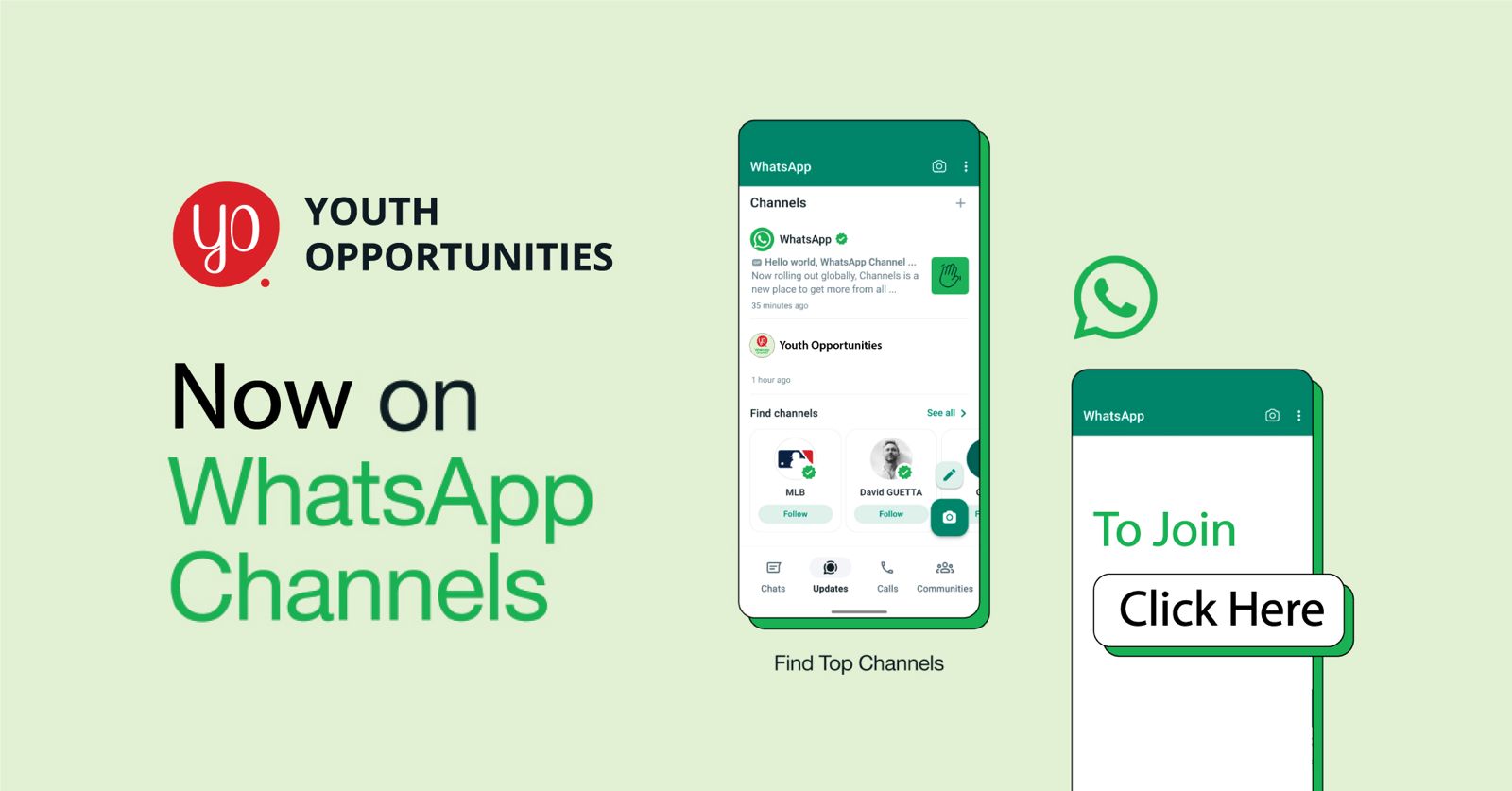Continuing in the tradition started by the Cassini mission to Saturn, Scientist for a Day challenges students in grades 5-12 to think like NASA scientists. Examine real spacecraft images of Saturn’s moon Enceladus, Saturn’s moon Titan, and Jupiter’s moon Europa. Choose the destination you think would be the best place to return with another spacecraft to learn even more about these amazing worlds. Support your choice in an essay of no more than 500 words. Which of these three moons inspires you to explore further? What excites you about what we’ve learned so far? What do you hope we’ll find if we return to these places? If you like, you can even tell us which science instruments you would put on the next spacecraft to help us learn even more.
The 2018-19 essay contest is sponsored by the Radioisotope Power Systems program. This is the group at NASA that develops the power technology that enables spacecraft to explore the planets and moons of the outer solar system.
NASA has learned a lot about these three moons with the Voyager, Galileo and Cassini spacecraft. Where would you want to return, and what do you think we might discover? Which place inspires you most? Learn about what makes these moons so interesting, choose one to study further, and defend your choice in an essay of up to 500 words.
2018-2019 Topics
Learn why NASA scientists are so excited about all three of this year’s essay contest topics. All three of these moons are interesting to astrobiologists, because they all contain liquid water oceans underneath their icy surfaces. On Earth, wherever we find water, we find life. Could this be true on other worlds, too?
- Topic 1: Enceladus: Enceladus, the sixth largest moon of Saturn, has active ice geysers at its south pole. The Cassini spacecraft flew through the plumes from these geysers in 2015.
- Topic 2: Titan: Titan, the largest moon of Saturn, has a nitrogen and methane atmosphere that is more dense than Earth’s atmosphere. The liquid lakes on its surface are made of methane and ethane. The Cassini spacecraft used radar to peer through the atmosphere to map Titan’s surface from 2004-2017.
- Topic 3: Europa: First seen by the Italian astronomer Galileo Galilei in 1610, this moon of Jupiter has more water under its icy crust than all of the oceans on Earth. The cracks on its surface hint at activity below.
Benefits
- By participating in the essay contest, students will:
- Learn about real NASA missions
- Use data from real NASA missions
- Apply their critical thinking skills
- Learn how to conduct research
- Gain confidence in their ability to “do science”
- See themselves in the roles of scientists
- Watch videos by young NASA scientists and engineers, and see that scientists and engineers come from diverse backgrounds
- See that scientists and engineers have different opinions and priorities when choosing where their spacecraft will target images
- Learn something new, and form questions about a place they may never have heard of
- Conduct research using NASA websites
- Applying their writing skills
- The essays of winning students will be published on NASA’s Solar System Exploration Website.
- U.S. winning students and their classes will have the opportunity to participate in a teleconference or videoconference to ask questions of NASA scientists. (Other countries may offer different prizes to their winners, at the discretion of their country’s national contest coordinator.)
- All participating students will receive a certificate of participation with the images of the three moons they studied.
Eligibilities
- This opportunity is open to all students in the United States who are in grades 5 to 12.
- Students from countries other than the United States should contact the national essay contest organizer(s) in their own country. A list of participating countries can be found here.
- Students can work alone or in teams of up to four students.
- All submissions must be students’ original work. Entries containing plagiarized material will be disqualified.
- This contest is open to all students in the U.S. in grades 5 to12. Parallel contests are being run in other countries around the world. For a list of participating countries, visit the international pages .
Application Process
- Each student may submit only one entry.
- Do not include direct contact information for students under age 18. All communication will be conducted between JPL and the students’ teacher.
- Essays that are longer than 500 words will be disqualified.
- The names and contact information will not be included in the word count for the 500-word essay.
- Use only plain text (no images or attachments). Attachments will not be accepted.
- Communication skills are an important part of being a scientist. Spelling and grammar will be considered in addition to the ideas expressed in the essay.
- Essay writers will be divided into three groups:
- grades 5 to 6
- grades 7 to 8
- grades 9 to 12
- A winning essay will be selected for each topic in each grade group.
- Write an essay (500 words maximum) explaining which of the three moons (Enceladus, Titan, or Europa) you think is most interesting, and explain why. If you could send another spacecraft to explore your chosen moon in more detail, which of these three moons would you choose to visit? What do you hope you would learn?
- NASA does not currently have a funded mission scheduled to return to Enceladus, but there have been proposals recently to send a mission to Enceladus someday. The proposed “Dragonfly” mission is under consideration to return to Titan with a robotic drone. The Europa Clipper mission is being built now to return to Europa. Whether or not there are real missions currently planned to return to these worlds is not a factor in the students’ essays. They can design their own missions to explore Enceladus, Titan, or Europa, regardless of any planned missions NASA has to return to these moons.To Ent
Application Deadline: February 8, 2019
Application ClosedOfficial link









